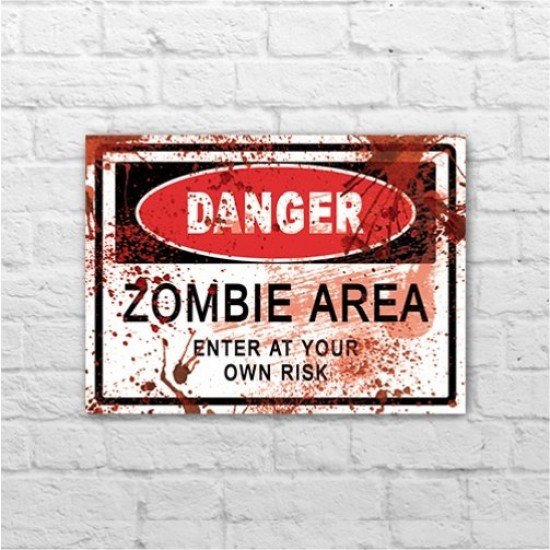

Unwavering vision: New companies, new products and new ways of doing things appear daily. A problem with this self-belief is that employees start treating others outside the company condescendingly to impose this internal belief – and are proud of it. Even Enron had a sign in its corporate headquarters that read ‘The world’s best energy company’. This was seen in slogans, displays and advertisements. He found nearly every company in his research was glorified as ‘number one’ in its industry. Creditor days start moving out and tax payments may start falling behind.ĭeclaring ‘we’re number one’: Professor Sydney Finkelstein from Dartmouth University studied zombie companies over 10 years ago. These businesses can’t invest in their business and fund growth. Immense debt burdens: Typically, Zombie companies barely make enough from operations to pay the interest bill.

However, it is the report that turnaround and restructuring advisors, equity analysts and lenders look at first. Beware of the signsīy analysing the balance sheet and behaviour of individual firms, one can also find many signs that a zombie company may lurk among them:īalance sheet debt levels: The one report most businesses look at the least, if at all, is the balance sheet report. And yet, one by one, manufacturers closed. Take, for instance, the Australian car industry, which was repeatedly aided over several years. But again, we have seen this type of relief offered long before the pandemic began. Throughout the world, various programs have been established to support businesses through COVID-19. However, the big four banks have also been ramping up their workout teams and have made large provisions for bad loans already, and these provisions are likely to increase.Īnother environmental sign is government bailouts. Banks have implemented deferral programs and are actively working with customers to keep them afloat. Because of the Banking Royal Commission and the current pandemic, banks have been reluctant to send companies into administration. Capitalise the interest and give the company a holiday or renegotiate the terms. Lenders’ first option should be to work it through. If you’re a lender sending a company into bankruptcy, you’re cutting your nose to spite your face.” Morningstar equity analyst Gareth James recently commented, “Lenders want companies to survive and pay back their loans. Second, low interest rates put banks in a catch 22 situation with zombie companies. If rates rose, then their interest coverage would worsen and make it more difficult to roll over debt obligations. This does two things first, it takes the debt repayment pressure off companies. During their ‘lost decade’, Japan had near-zero interest rates. One common feature is low interest rates. Identifying zombie companiesįor zombies to emerge, there first needs to be the ‘right’ environment. The primary industries where zombies were found were capital-intensive industries such as energy and mining, and companies with negative current operational cash flows such as fast-growth IT companies. Bear in mind this was long before the pandemic. In a November 2018 Eureka Report article, Tony Kaye claimed that one in five ASX companies, and 12% of all firms globally, were classified as zombies, though much smaller percentage wise in market value.

The truth is, the re-emergence of zombie companies has been occurring for several years, and COVID-19 has only accentuated the zombie companies’ visibility. In 2008, during the global financial crisis, the expression regained popularity and was used to describe businesses that were bailed out by the US Troubled Asset Relief Program. This contributed to what is known as ‘the lost decade’ – a lengthy, difficult period of economic stagnation. After the collapse of the Japanese asset price bubble in late 1991, banks continued to support failing companies instead of letting them go bankrupt. This term originated in Japan to describe firms that were only generating enough cash to pay interest on their debts.
#Danger zombies series
Drought, floods, bushfires and a global pandemic could make even the biggest sceptic wonder if this is the start of the apocalypse – and now more so with the re-emergence of zombie companies.Ī zombie company, also known as ‘the living dead’, is a business unable to stand on its own feet – it either needs one or a series of bailouts, or is kept afloat by lenient financiers and low interest rates.


 0 kommentar(er)
0 kommentar(er)
